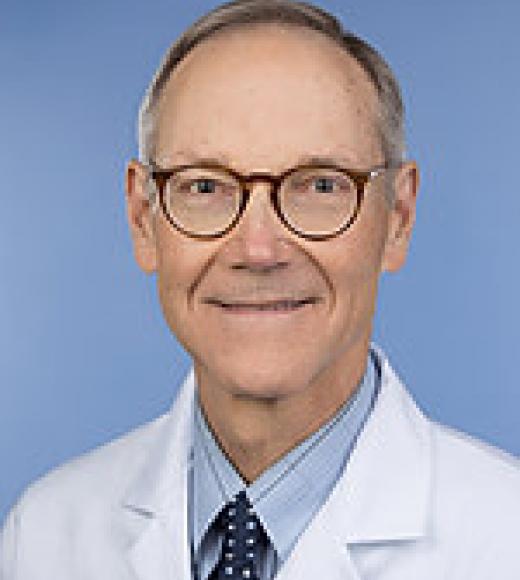
Position Title
Professor, Neurological Surgery
Deputy Director, National Center for Interventional Biophotonic Technologies
- Department of Neurological Surgery
Dr. Harsh is recognized as a leading surgeon and scholar. His clinical practice and research focus on innovative treatments of tumors of the brain, pituitary gland and skull base. His work has demonstrated the efficacy of stereotactic radiosurgery for multiple types of brain tumors and of endoscopic removal of pituitary and other skull base tumors.
Dr. Harsh has authored more than 200 peer-reviewed publications and book chapters, edited four scientific and clinical books, and served as editor and reviewer of numerous journals. He has served as president of the American Academy of Neurological Surgery, president of the Neurosurgical Society of America, vice president of the Society of Neurological Surgeons, vice chair of the ACGME Neurosurgery Residency Review Committee and chair of the executive council of the Neurosurgery Research and Education Foundation.
At UC Davis, he leads a multidisciplinary team of surgeons, scientists and residents who diagnose and treat adults and children with conditions such as benign brain and pituitary tumors, cancer, cerebrovascular disease, degenerative spine problems, epilepsy, movement disorders, and traumatic brain injury. The department also collaborates closely with the university’s NCI-designated comprehensive cancer center, level I trauma center, Center for Neuroscience and Stroke Program.
Dr. Harsh's basic science research has investigated the molecular biology of brain tumors. His laboratory has identified molecular mechanisms that promote tumor growth and strategies for disrupting them. His team discovered a gene deletion and a therapeutic target for glioblastoma, the most common and malignant type of brain tumor.
Dr. Harsh has also helped test use of a fluorescent antibody that distinguishes cancerous from normal brain tissue in patients with glioblastoma, to increase the safety and precision of surgical treatment.
